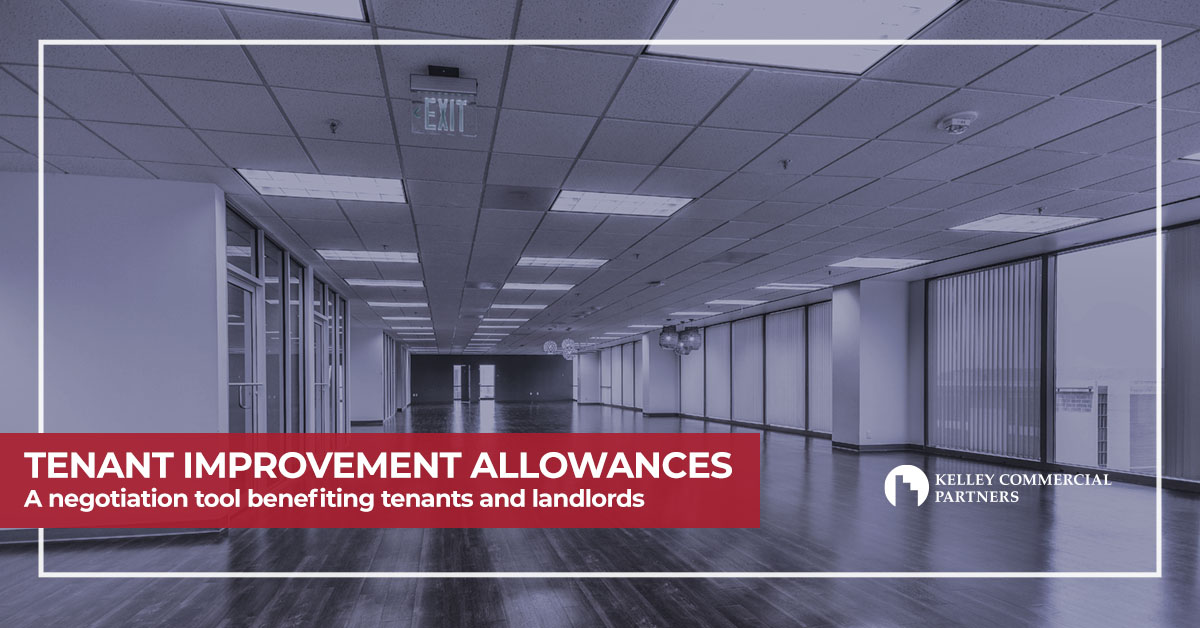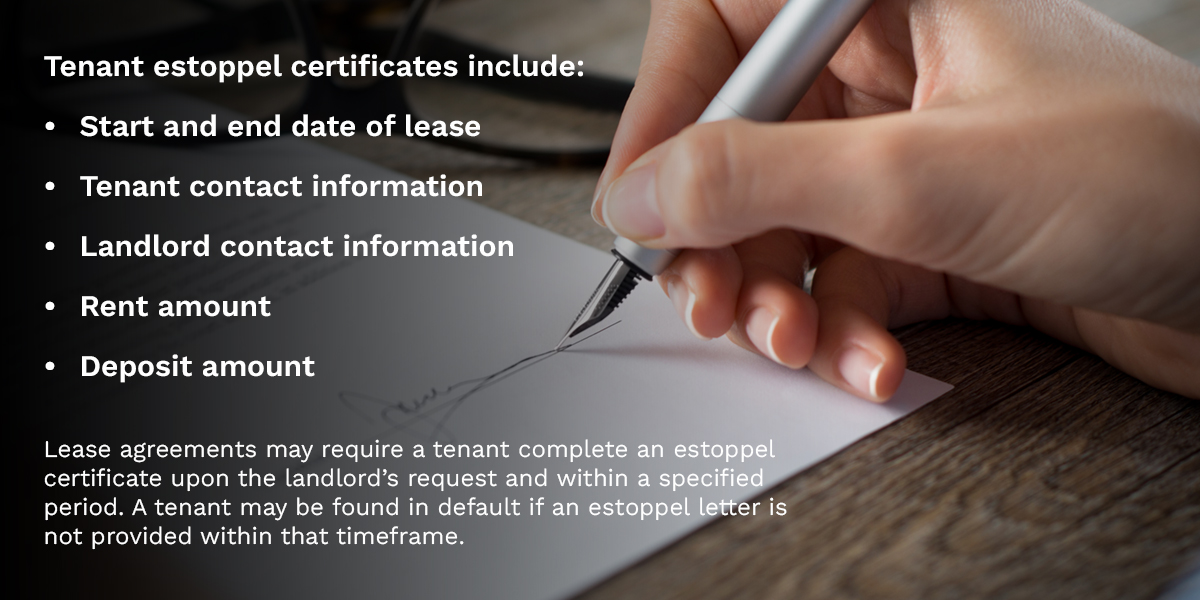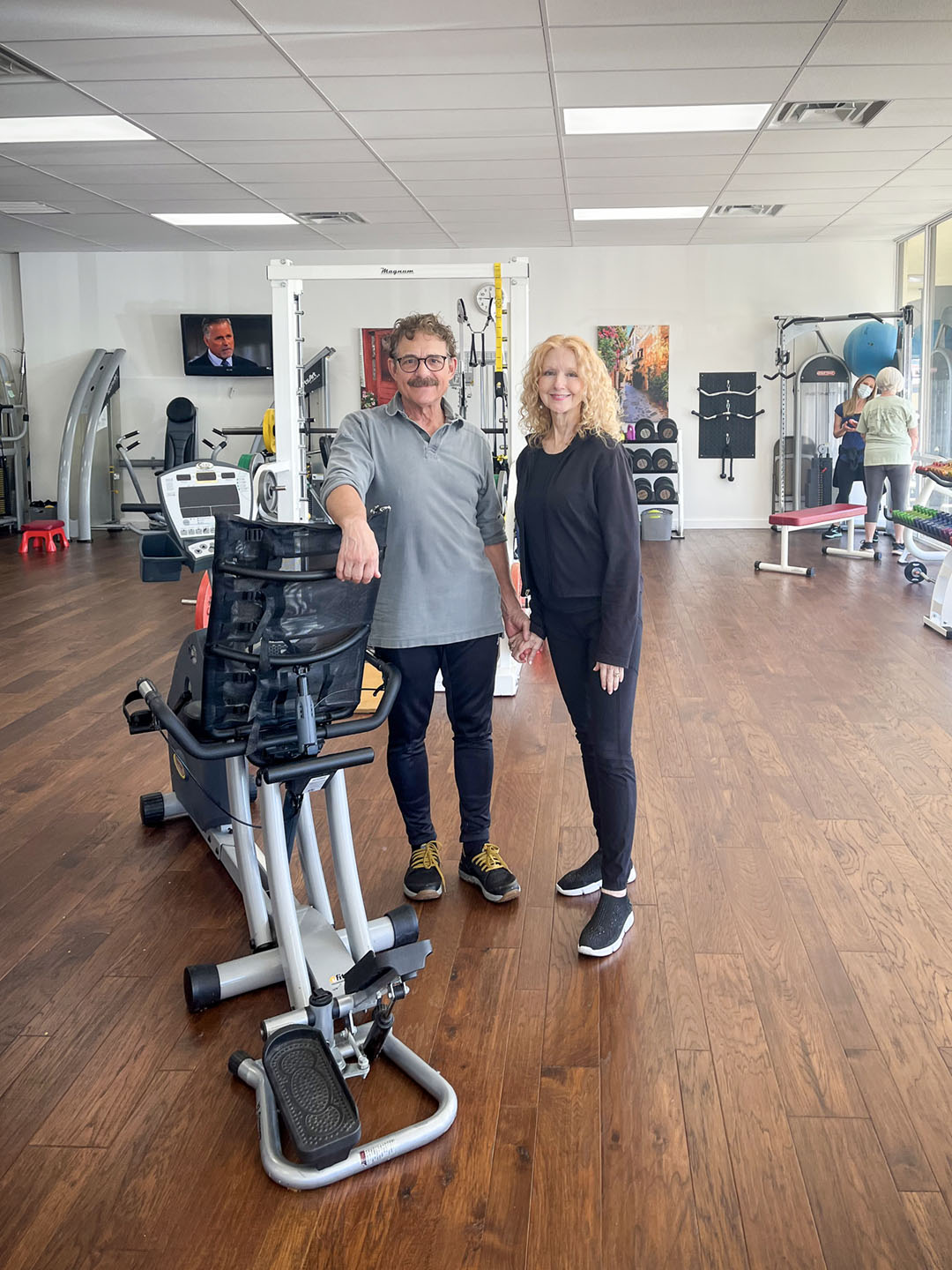Tenant improvement allowances, or TIAs, are a common aspect of commercial leases. They refer to the amount of money that a landlord is willing to contribute towards the cost of renovations or customizations made to a leased property by the tenant. These allowances can play a critical role in determining whether a tenant can afford to take on a lease, and they can also be a point of negotiation between the landlord and tenant.
 The first step in determining the amount of a tenant improvement allowance is to establish the scope of the project. This typically involves creating a detailed list of all the renovations or customizations that the tenant would like to make to the property, including the materials and labor required. The list should also include any necessary permits or approvals that will be required for the project.
The first step in determining the amount of a tenant improvement allowance is to establish the scope of the project. This typically involves creating a detailed list of all the renovations or customizations that the tenant would like to make to the property, including the materials and labor required. The list should also include any necessary permits or approvals that will be required for the project.
Once the scope of the project is determined, the next step is to estimate the cost of the project by obtaining quotes from contractors or suppliers for the materials and labor required. The landlord can then decide on an allowance amount they are willing to contribute, which is generally a percentage of the total project cost. The percentage will vary depending on the landlord and the specific circumstances of the lease.
It’s important to note that the tenant improvement allowance is typically applied to the rent. This means that the tenant will pay a higher rent to the landlord to compensate for the allowance. Tenants should carefully consider the total cost of the lease, rent plus allowance, when deciding about whether to take on a lease.
From the landlord’s perspective, offering a tenant improvement allowance can be a way to attract and retain tenants in a commercial space. It can also be used to incentivize tenants to improve or upgrade a space in a way that benefits the overall property. A tenant improvement allowance can also benefit a tenant as it can reduce the costs associated with outfitting a space to meet their specific needs. Additionally, the tenant may be able to negotiate a higher allowance from the landlord if the tenant improvements benefit the property overall.
Tenant improvement allowances can play a key role in commercial lease negotiations and greatly benefit both tenants and landlords. When discussing tenant improvements, it’s crucial to have a defined goal and a well-thought-out strategy. At Kelley Commercial, our experienced professionals are ready to assist you in creating a clear plan and provide the guidance you need to confidently negotiate the best possible outcome as a tenant or landlord. Contact us today to learn more about how we can help you make an informed decision.


